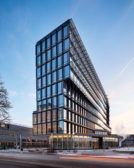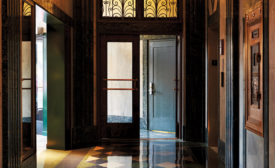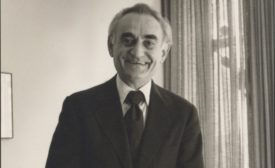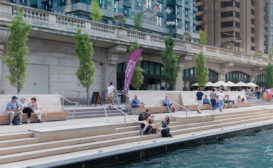Blair Kamin
Blair Kamin is the architectural critic for the Chicago Tribune and a contributing editor to Architectural Record.
ARTICLES
The Robey Hotel in Chicago
Antunovich Associates with Nicolas Schuybroek Architects and Marc Merckx
Read More
Making Places: Public Spaces in Chicago
Reclaiming defunct infrastructure, a series of new public paths and parks invite locals and visitors to gather, play, or simply enjoy navigating the city's neighborhoods.
Read More
Stars War Over Chicago's Lakefront
The problem with the Lucas Museum? Not just the design but the planning and the politics.
Read More
Earl Shapiro Hall, University of Chicago Laboratory Schools
Starting at The Top: Carved masses and open spaces characterize the university-affiliated school for experimental education.
Read More
Burj Khalifa
The completion of the world’s tallest skyscraper raises intriguing questions about the significance of this gleaming, spiraling form.
Read More
Copyright ©2025. All Rights Reserved BNP Media.
Design, CMS, Hosting & Web Development :: ePublishing




